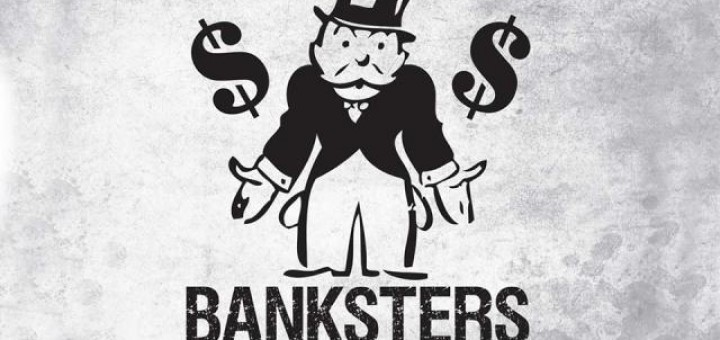Fed plunge protection team desperately trying to prevent stock market crash before midterm
Post on: 24 Август, 2015 No Comment

(NaturalNews) In recent days, the stock market has been like an economic roller coaster, rising one day before falling — dramatically — the next. And on those down days, the market often seems as though it has slipped into a free-fall, dropping hundreds of points in just a few hours.
Only to rise again before the final bell.
How is that possible? According to John Crudele of the New York Post. it’s only possible through government intervention aimed at stemming losses and, most likely, to shore up confidence in a) the U.S. economy; and b) the leaders (elected and unelected) who are running it:
Mysterious forces were trying their best, but they couldn’t keep the stock market from swooning [on a recent day ].
They failed in the morning, despite massive purchases of stock index futures contracts. Within minutes of the market’s opening, the Dow Jones industrial average was down 350 points. Later in the day — after a lot of shocking ebb and flow — the Dow bottomed out with a decline of 460 points.
Only in the final hour of the trading day, Crudele notes, did market saviors achieve a modicum of success, trimming the losses to just 173 points at the final bell. And then, they only succeeded after Federal Reserve Chairman Janet Yellen’s private, but upbeat, remarks about the economy were leaked to the media.
Welcome to a new kind of stock market — one that the average investor should refuse to be invested in, he wrote.
The Post market analyst also said that investors whose portfolios are largely tied to the major indices are now losing money since the first of the year because the Dow is down 1.1 percent, while the S&P and Nasdaq are up 3 percent for 2014.
‘Plunge protection team’
Just for the record, I’ve been telling you for years that the stock market was in a bubble and that you should enjoy it while it lasts because bubbles always pop, he wrote.
Of course, if you could time the end of the bubble, you’d be doing quite well. Miss the end and you are back to where you started. Or worse off in terms of confidence and finances.
Now, what about this plunge protection team ? Its official title is the President’s Working Group on Financial Markets — the name given to it when the panel was first formed by President Ronald Reagan following market turbulence in 1989.
It’s possible that the PPT has taken a page from the Doomsday Book, which the Obama Administration fought recently to keep secret after it was discussed at a trial involving insurance giant AIG in mid-October, in Washington, D.C..
Here’s the bottom line: Someone tried to rescue the market last [on that recent topsy-turvy day]. And it’s becoming a regular occurrence, Crudele wrote.
He provides details of that particular day:
At the same time the Dow was off 350 points, the S&P index was down 43.80 points, That was an enormous decline in just 11 minutes of trading and it was an indication that Wall Street was not having a good day.

But then, he says, someone (or something) began to buy S&P futures contracts by the boatload. And as such, just 21 minutes later, the S&P index recouped 30 of its lost points.
Magic? Hardly, Crudele writes.
Maybe you’ll believe that there was some manipulation going on if you knew that a guy named Robert Heller, who was a member of the Federal Reserve’s Board of Governors until 1989, proposed just such a rigging as soon as he left the Fed.
Is the stock market ‘too big to fail?’
To substantiate his claim, Crudele points to an Oct. 27, 1989, Wall Street Journal headline: Have Fed Support Stock Market, Too. The piece was written by Robert Heller, who had just departed the Federal Reserve for a CEO position with credit card company Visa. [NB: The article was published before the Internet went commercial, but a citation of the article as a source for a book can be found here: Books.Google.com ].
It would be inappropriate for the government or the central bank to buy or sell IBM or General Motors shares, Heller wrote. Instead, the Fed could buy the broad market composites in the futures market.
Crudele said that Heller was essentially suggesting that the Fed, or the federal government, buy major stock futures contracts that track and are capable of influencing the major market indices.
Can’t have a market crash before an election, after all.














